Classic Horror Behind the Scenes: Was Lon Chaney Really Going to Play Dracula?
Monster Kids have always heard that Chaney was set for the title role in DRACULA (1931), but died before he could make the film. But is this actually true?
By Bill Fleck, author of the Rondo-nominated book CHANEY’S BABY, available here.
Check out other articles on my Rondo-nominated website by clicking here.
Did you know? Two-time Rondo-Award winning filmmaker Thomas Hamilton is in the process of making THE CHANEYS: HOLLYWOOD’S HORROR DYNASTY, which is inspired by my book, CHANEY’S BABY. (I’m also a producer on the film.) If you’d like to support the project, click here and see what’s going on. Thanks!
Breaking news: This website has been nominated once again for a RONDO HATTON CLASSIC HORROR AWARD (Best Website)! Winners are decided by votes, so—if you have a second—please email “Best Website: Bill Fleck” to: taraco@aol.com by midnight on April 16, 2024. Please include your name. (Don’t worry; no information is shared or kept.) One vote per person. Thanks to readers like you for supporting my labors-of-love.
It's an incredibly famous story that everyone is sure is true: Lon Chaney was set to play the titular role in Tod Browning’s DRACULA (1931), but his untimely death on August 26, 1930—at the age of 47—prevented it, so Bela Lugosi got the part and achieved an immortality of his own.
But is this really true? Or is it wishful thinking, based upon some misguided items reported in the press? Or some mix of both?
I mean, let’s be honest. It’s fun to speculate about what Chaney might have done in the part. There are those who believe he would have used his gift for makeup to create a far more monstrous look for the character, something perhaps based upon Bram Stoker’s description in the 1897 novel. [1]
Maybe so. And there is evidence that Chaney indeed expressed some interest in the part. But there were many hurdles to be cleared before Chaney could actually return to Universal and shoot the film.
Let’s face it. Some of the biggest names in Monster Kid scholarship have combed the records over the years, and—to the best of my knowledge—no signed contract between Chaney and Universal for DRACULA has ever turned up.
So, while some contemporaneous news stories had no issue with reporting things like, “It was originally planned to have the late Lon Chaney play the leading role in the picture”—and some modern sources such as the AFI CATALOG OF FEATURE FILMS concur—if we do a little digging, the intellectually honest among us might have to think, “Hmmm…not so fast.” [2]
[Above: Lon Chaney. Conventional wisdom says that, had he not died, he would have definitely played the titular character in Tod Browning’s 1931 classic. But is that actually one-hundred percent true?]
Let’s flashback to 1929. Universal studio chief Carl Laemmle, Jr. has been itching to make a talkie version of DRACULA since 1928. But he has yet to secure the rights. Negotiations with Florence Stoker—Bram’s widow, who has been burned by NOSFERATU (1922), an unauthorized version of her late husband’s work—aren’t going smoothly.
Then, there’s the question of who’ll play Dracula.
“In fact, the first choice for the role was actor Conrad Veidt,” Michael F. Blake, Chaney’s biographer, will note in 1995, “but his thick German accent put an end to his career in American sound pictures for many years. Chaney was the studio’s second choice, even though the reality was that Universal’s chances of obtaining his services were extremely slim.”
“Extremely slim” because Chaney has been signed to MGM since the middle of 1925. He’s happy to stay right where he is, though they want him to do talkies. Chaney has no interest in this idea whatsoever.
“Lon Chaney knows his own mind,” columnist Louella O. Parsons writes on July 22. “He knows it so well that the Metro-Goldwyn-Mayer Company has about decided that it might as well forget the talkies where he is concerned.”
Chaney is so dead-set against the talkies, that he’s turned down “a young fortune” from Universal to overdub the Phantom’s voice in the proposed partly-talking re-release of THE PHANTOM OF THE OPERA.
“Chaney scornfully refused to let the microphone so much as hear the dulcet tones of his voice,” Parsons notes.
She goes on to explain that any other star behaving in such a way “would be led to the Metro-Goldwyn-Mayer gate and invited to depart pronto,” but Chaney’s continued popularity with the movie-going public prevents that.
[Above: Universal Studios chief Carl Laemmle, Jr., who pursued Chaney for the role of Dracula while simultaneously attempting to secure the rights to the story.]
Still, this hasn’t stopped Universal from reaching out to Chaney yet again. According to the late historian David J. Skal, they want him for “a series of talkies” which will include DRACULA once they secure the rights:
“It is being understood,” Universal proposes, “that should the artist render services in the photoplay ‘Dracula,’ he will portray the role of Count Dracula.’”
As Blake demonstrates, it’s obvious that some discussion between Chaney and Universal regarding the project has occurred, because on June 23, Loeb, Walker, and Loeb—MGM’s legal team—sends a proposed agreement to Junior Laemmle. Among the provisos:
· Examine the contract to “ascertain whether or not it fully complies with the understanding between yourself and Mr. Chaney”…indicating that Chaney had at least expressed interest…
· Note that the contract is “somewhat larger” than that for THE PHANTOM thanks to “the fact that some difficulties were encountered in the production of that picture, [and] we have deemed it advisable to include in the within contract all possible precautions”…
· Note that a clause allowing Universal to carry insurance on Chaney is included, which requires “Chaney to submit to the usual examination for that purpose”…
· And finally, note that Universal’s business manager Walter Stern “did not specify if Chaney has, in fact, agreed to a dual role”…again, indicating an interest on Chaney’s part.
But then, fate intervenes. As the story goes, a fake piece of snow that had lodged in Chaney’s throat during the shooting of THUNDER (1929) results in pneumonia and an infection. [3]
“Talkie, or silent pictures either for that matter, won’t interest Lon Chaney for the next few months,” Parsons reports on July 25. “He has been ordered to take a complete rest by his physician to see if he cannot rid himself of a bad throat infection brought about by his recent attack of pneumonia.”
That same day, MGM suspends both Chaney’s contract and salary until he gets well enough to resume making pictures.
Can the news of this situation be the impetus Junior Laemmle needs to try to leverage Chaney for DRACULA? Skal certainly thinks it’s possible, describing Junior’s next move as, “Perhaps [an] opportunistic calculation.”
“Despite the actor’s illness,” Blake writes, “Universal pressed the matter of obtaining Lon’s services for DRACULA.”
However, the idea of Chaney taking a health exam—as outlined in MGM’s proposal of June 23—scares Junior. Both Universal and MGM realize that Chaney is in no shape to make a picture at present. Junior briefly considers putting Chaney under personal contract so as to by-pass the health issue, but Sigfried Hartman, Universal’s counsel, talks him out of it.
“Agree that regardless legal aspects, highly objectionable from standpoint business ethics,” Hartman wires Edwin Loeb late in July. “Told Junior so last night.”
Interestingly, on August 23, MGM amends Chaney’s suspension as follows:
“It is, of course, understood that during the term of such suspension you shall not have the right to render any services for any person, firm or corporation whatsoever.”
Is there any doubt that MGM is yanking the rug out from under any plans Chaney may have regarding DRACULA?
“Whether MGM was ever really serious in loaning Chaney out to a rival studio may never be known,” Blake summarizes. “It’s possible that the letters and negotiations were merely MGM’s attempt to pressure Chaney into signing a contract to make talking pictures for the studio. On the other hand, the contract talks with Universal may have been Chaney’s ploy to obtain a new contract from MGM, with its attendant higher salary. Whatever the case, Universal’s chances of signing Chaney for DRACULA had reached a dead end…”
By November 1929, Chaney has recovered sufficiently to begin renegotiating with MGM. He agrees to make talking pictures. He signs on January 23, 1930.
“Lon Chaney, a hold-out on talking pictures, has signed a contract with Metro-Goldwyn Mayer,” THE STANDARD UNION announces on January 25, “which continues his services for five more years with that company as a talking actor.”
For Harold Freeman, this is hopeful news. Freeman, the agent for John L. Balderston—co-author of the play version of DRACULA—believes this development may put Chaney back in play for DRACULA once again.
“Lon Chaney has finally decided to do a talkie with Metro,” Freeman writes Balderston. “Universal were unable to wean him away at the time this thing was hot here…If he doesn’t get along with Metro on his first picture, then I suppose, there will be some chance of Universal’s getting him.”
[Above: Florence Stoker, widow of Bram. Florence drove a hard bargain regarding the rights to DRACULA, having been burned by NOSFERATU (1922), the unauthorized version of her husband’s novel.]
But fate intervenes yet again. On December 15, Universal releases the partly-talking version of THE PHANTOM OF THE OPERA. Because they are banned by contract from dubbing Chaney’s character, they introduce the Phantom’s talking accomplice. Many audiences think the character is Chaney as the Phantom himself.
This doesn’t go over well with Chaney. He begins to seethe.
By mid-February, there hasn’t been much movement in Universal’s negotiations with Florence Stoker, because the studio believes her price is too high. [4]
“Universal are still very interested in it,” Freeman tells Balderston, “but won’t do anything unless they can get Chaney.” He promises Balderston that he’ll talk to Chaney personally on a trip to the West Coast.
But any chances of Chaney starring in DRACULA are blown to bits when Chaney hits Universal with legal action.
“Chaney brought suit against Universal in March 1930,” notes film historian Gary D. Rhodes, “over publicity for the sound reissue of THE PHANTOM OF THE OPERA that gave audiences the false impression that they would hear his voice in it. Such a disagreement might well have made Chaney at least temporarily unhappy with Universal.”
[Above: An advertisement for Universal’s partly-talking reissue of THE PHANTOM OF THE OPERA, released on December 15, 1929. Chaney sued Universal for giving the impression that he actually spoke in the film. Notice that the ad stipulates, “Everybody Talks but the Phantom,” which might be a response to Chaney’s action.]
Of course, Universal finally secures the rights to DRACULA, partly, according to Blake, “rather than [to] see it go to a rival company.”
Chaney goes on to make his first talkie—and his last film—for MGM, a remake of THE UNHOLY THREE. Columnist Mollie Merrick catches up with him on Friday, April 18.
“I don’t believe in interviews,” he begins, “and I hate to be asked questions.”
“Interviews are a bore,” Merrick responds, “and questions in bad taste.”
They both laugh, and obviously hit it off. Merrick finds the secretly-ailing Chaney to be a “pallid, quiet man, with rare charm.” She also finds him willing to admit that talkies have “far more advantages than the silent pictures he championed so faithfully until recently.”
In addition, Merrick notes that Chaney has really thrown himself into the picture.
“He is using five voices,” she explains, “because he is a ventriloquist in the tale. And when he is not actually before the ‘mike’ himself, he is busy supervising every tiniest detail of the work.”
Chaney tells her that he practices ventriloquism in the car on the way to work, since the pressure of time at the studio is too much, “and it is not satisfactory at home.”
“An occasional glance in the mirror will tell you if your lips are quiet,” Merrick writes. “And when you come to [a] P or an M, just take a puff off the old cigarette to cover the lapse.”
When THE UNHOLY THREE is released, it’s a huge hit, and Chaney is again a sensation. Plans are made to star him in THE BUGLE SOUNDS and CHERI BIBI, a tale by Gaston Leroux. Sadly, as we’ve seen, none of this is to be. One too many puffs “off the old cigarette” likely causes the lung cancer that will take his life too early.
[Above: Though ailing behind the scenes, Chaney was a definite hit in his first talkie, a remake of his earlier film, THE UNHOLY THREE. Sadly, it was his last movie, as the actor died on August 26, 1930 at the age of 47.]
Meanwhile, at Universal, plans for DRACULA move forward.
“Be prepared for a few chills and thrills,” Louella Parsons informs readers on June 23. “‘Dracula,” the weird book by Bram Stoker and the play in which Bela Lugosi was starred, has been purchased by Universal and it will be put on the screen with even more horrible moments than the stage play. Yet I think people will adore this type of thing. If Lon Chaney had a different build, it would just be his meat. Wonder who will play it? We have our ideas but why tell?”
Why tell indeed, when even Tod Browning—tapped as the director—is being coy.
“I favor getting a stranger from Europe and not giving his name,” he says early in July. “It takes away from the thrilling effects of the story.”
Of course, names do appear in the press, including John Wray from Universal’s ALL QUIET ON THE WESTERN FRONT (1930). But as late as August 9, THE LOS ANGELES POST-RECORD is still noting that the role hasn’t been filled:
“PREPARING—“Dracula.” No star yet. Tod Browning, director. (Mixed types.) Starting soon.”
Eventually, the role—as we all know—goes to someone we’ve all heard about (click here for more about this).
“Bela Lugosi, Broadway star of DRACULA, has been signed to a long-term contract to do first DRACULA, and later other mystery stories to be obtained for him,” columnist Rosalind Shaffer announces on October 18. “Ted [sic] Browning, who made Lon Chaney’s greatest successes, will direct Lugosi and while Lugosi is not similar to Chaney, he will get many of the horror and mystery stories of the sort Chaney used to do.”
The casting now seems like it was just meant to be. And as early as December 1929, Lugosi himself has felt a connection with Chaney…at least in spirit.
“You know ever since I played all over the country in such roles as Dracula,” he tells columnist Doris Denbo, “I have been stamped as a regular Lon Chaney, a real bad fellow. I am so tired of being a menace. I would like to be a kindly chap, or be permitted to act as a natural human being would act.”
[Above: Bela Lugosi enjoying a cigar on the DRACULA set. Lugosi lobbied hard for the part, even helping Universal negotiate with Florence Stoker for the rights. “You know,” he’ll tell a columnist, “ever since I played all over the country in such roles as Dracula, I have been stamped as a regular Lon Chaney, a real bad fellow.”]
And so…given these facts and circumstances, what can we conclude about the assertion that—but for his death—Lon Chaney would definitely have portrayed Count Dracula in Tod Browning’s 1931 classic?
Let’s hear from Michael F. Blake first.
“Many writers have speculated that before his death, Lon was slated to do DRACULA for Tod Browning at Universal,” he writes in 1990. “This is highly unlikely due to Lon’s star status at the studio [MGM], as well as his new success in talking pictures. MGM’s only options would have been to either buy the rights to DRACULA from Universal, or to simply loan out Chaney and count it as one of his four pictures per his contract. It is improbable that MGM would have done the latter unless Universal paid them much more than Chaney’s weekly salary of $3,750.” [4]
Arthur Lenning, Lugosi’s biographer, concurs:
“Junior knew…that he would not ‘get’ Chaney,” he writes in 2003. “If Universal bought DRACULA, the vampire would have to be played by somebody else. The oft-repeated statement that if the actor had not died he would have played the vampire is therefore highly questionable. If Chaney had really wanted to appear in DRACULA, he had enough clout at MGM to command the studio to buy the rights…”
Michael Brunas, John Brunas, and Tom Weaver—the authors of UNIVERSAL HORRORS—don’t think Chaney as Dracula was a done deal, either.
“While the Chaney name would certainly have insured box office success for the movie,” they write in 1990, “the legendary Man of a Thousand Faces seems a poor choice as the Transylvanian bloodsucker. Without his traditional gobs of facial makeup, the Colorado-born Chaney looked like a Midwestern trucker or a Detroit gangster…The idea of Chaney skulking around ruined castles with a cape and phony accent is almost ludicrous…”
Then, there’s David J. Skal’s take on it:
“It is an oft-repeated Hollywood factoid that Chaney coveted the role of Dracula,” he explains, “and, according to a later NEW YORK TIMES retrospective piece, had discussed the property with Tod Browning from the beginning of their professional collaboration in the 1920s. ‘Chaney had a full scenario and a secret makeup worked out even at that early date,’ the TIMES reported. No such scenario has ever surfaced…”
Gary D. Rhodes perhaps puts it best:
“Here is the stuff of cinema legends,” he writes, “as one of the great Hollywood myths is that Chaney was to portray Dracula, but casting was disrupted due to the actor’s death. The tale is simultaneously true and false. False, given that Chaney was never cast as Dracula. Indeed, he was not under contract to Universal in 1930. He was also ill prior to his death, which preceded DRACULA’S production...”
Okay, Monster Kids, let’s be clear. Lon Chaney was Universal’s second choice to play Dracula. When Conrad Veidt was no longer an option, Chaney—perhaps to stick it to MGM during complicated contract negotiations?—expressed interest in the project. For a brief moment in time, it was possible—possible—that Universal would secure him in the role.
But it was by no means a done deal. At best, Chaney danced with DRACULA. He never committed.
But, oh, what might have been….
NOTES
[1] I believe that much of this speculation is fueled by Chaney’s look in the now legendary lost film LONDON AFTER MIDNIGHT (1927)—also directed by Tod Browning.
[2] See, for example, THE BUFFALO NEWS, March 6, 1931, p. 30.
[3] In actuality, it’s a manifestation of the lung cancer that will soon kill him.
[4] Interestingly, Bela Lugosi—the star of DRACULA on Broadway, and very interested in securing the film version himself—will also enter the negotiations.
[5] Worth a bit less than $70,000 per week when adjusted for inflation at this writing.
SOURCES
Blake, Michael F. LON CHANEY: THE MAN BEHIND THE THOUSAND FACES. New York: Vestal Press, 1990. Print.
Blake, Michael F. A THOUSAND FACES. New York: Vestal Press, 1995. Ebook.
Brunas, Michael, John Brunas and Tom Weaver. UNIVERSAL HORRORS. Jefferson, NC: McFarland & Co., Inc., 1990. Print.
Denbo, Doris. “Bela Lugosi Hails Chance At ‘Straight’ Roles.” LOS ANGELES EVENING CITIZEN NEWS. December 4, 1929, p. 8. Print.
“Dracula (1931).” AFI CATALOG OF FEATURE FILMS. www.afi.org. Web.
“‘Dracula’ Pleasantly Grisly.” THE BUFFALO NEWS. March 6, 1931, p. 30. Print.
Lennig, Arthur. THE IMMORTAL COUNT. Lexington: University Press of Kentucky, 2003. Print.
“Lon Chaney Agrees to Talk.” THE STANDARD UNION. January 25, 1930, p. 20. Print.
Merrick, Mollie. “Hollywood In Person.” THE BUFFALO NEWS. April 18, 1930, p. 32. Print.
Parsons, Louella O. “Lon Chaney Turns Down Two Fine Bids to Make Talkies.” THE SAN FRANCISCO EXAMINER. July 26, 1929, p. 11. Print.
Parsons, Louella O. “Lon Chaney Will Quit ‘Bugle Sound’; To Rest for Health.” THE SAN FRANCISCO EXAMINER. July 23, 1929, p. 15. Print.
Parsons, Louella O. “Robert Chisholm to Co-Star in Jeanette MacDonald Play.” THE SAN FRANCISCO EXAMINER. June 23, 1930, p. 9. Print.
Rhodes, Gary D. TOD BROWNING’S DRACULA. Sheffield: Tomahawk Press, 2014. Print.
Shaffer, Rosalind. “Bela Lugosi for Mysteries.” BUFFALO COURIER EXPRESS. October 19, 1930, p. 48. Print.
Skal, David J. HOLLYWOOD GOTHIC. New York: Faber and Faber Inc., 1990, 2004. Print.
“Universal Studio.” LOS ANGELES EVENING POST-RECORD. August 9, 1930, p. 12. Print.
Note: The pictures utilized herein are intended for educational purposes only; I do not own the copyrights, and this website is not for profit.
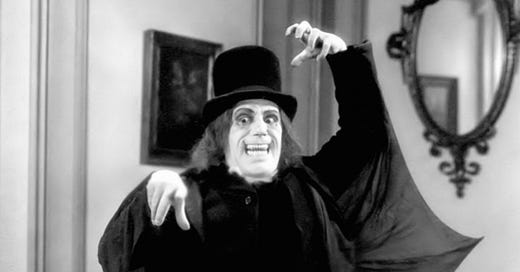



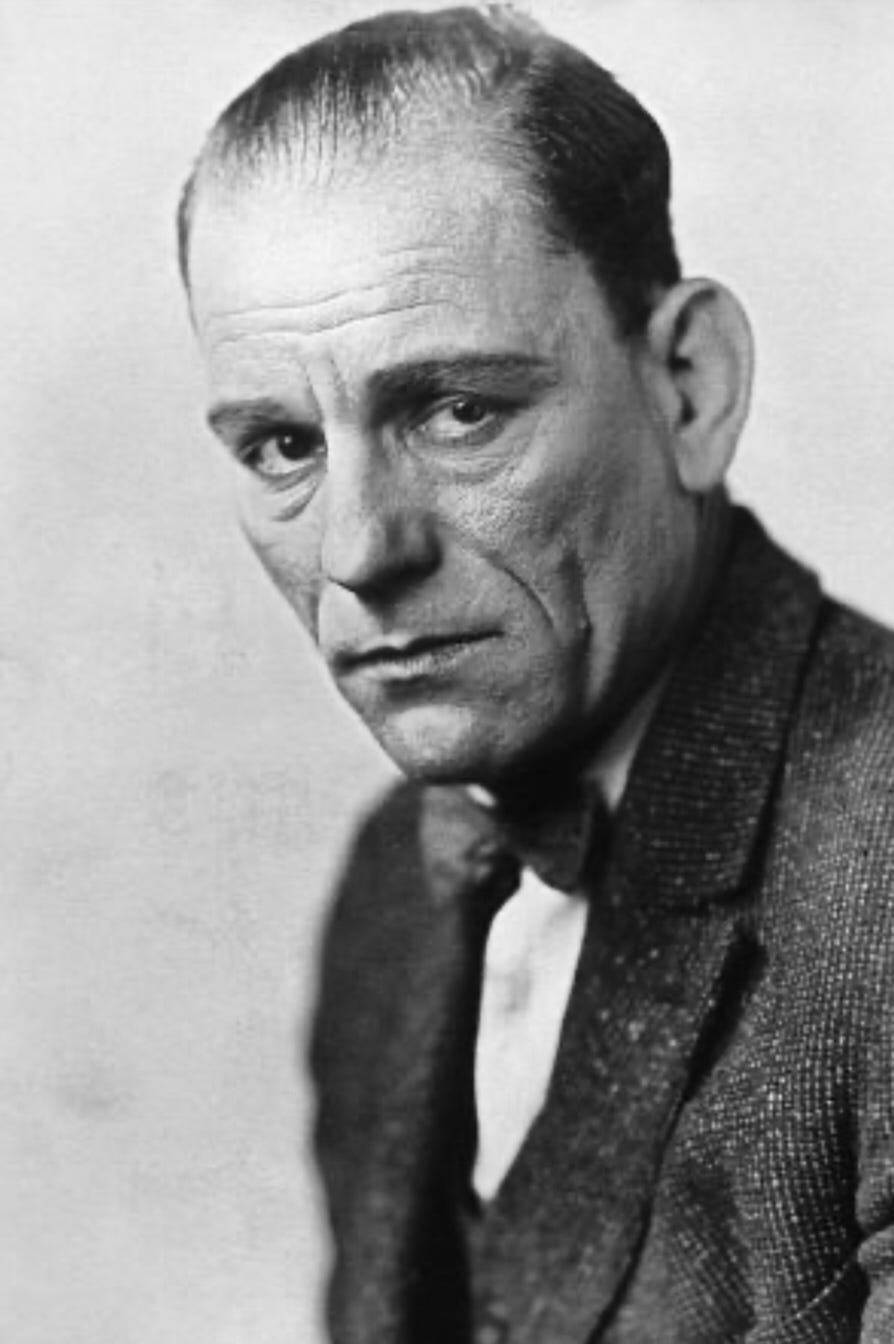
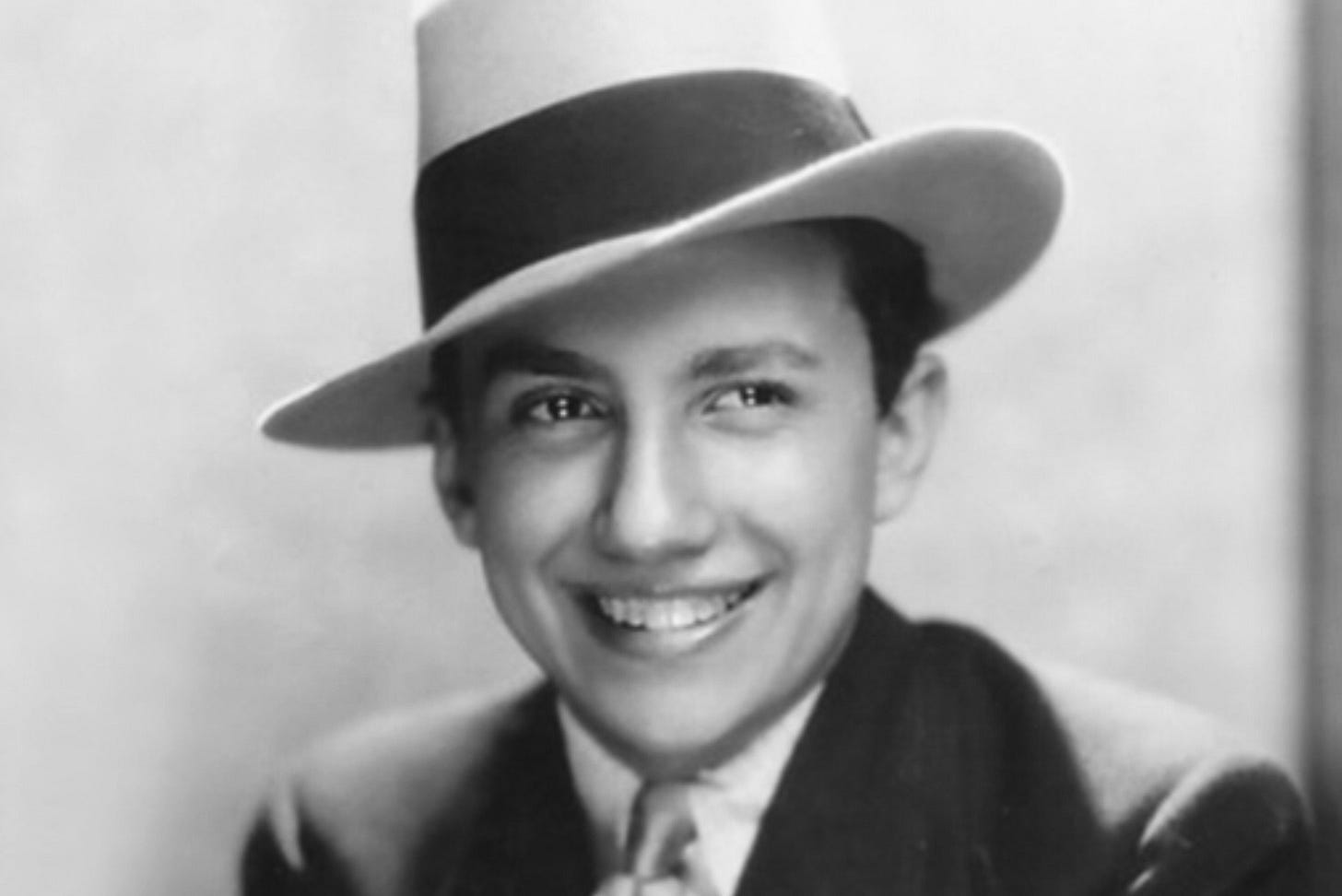
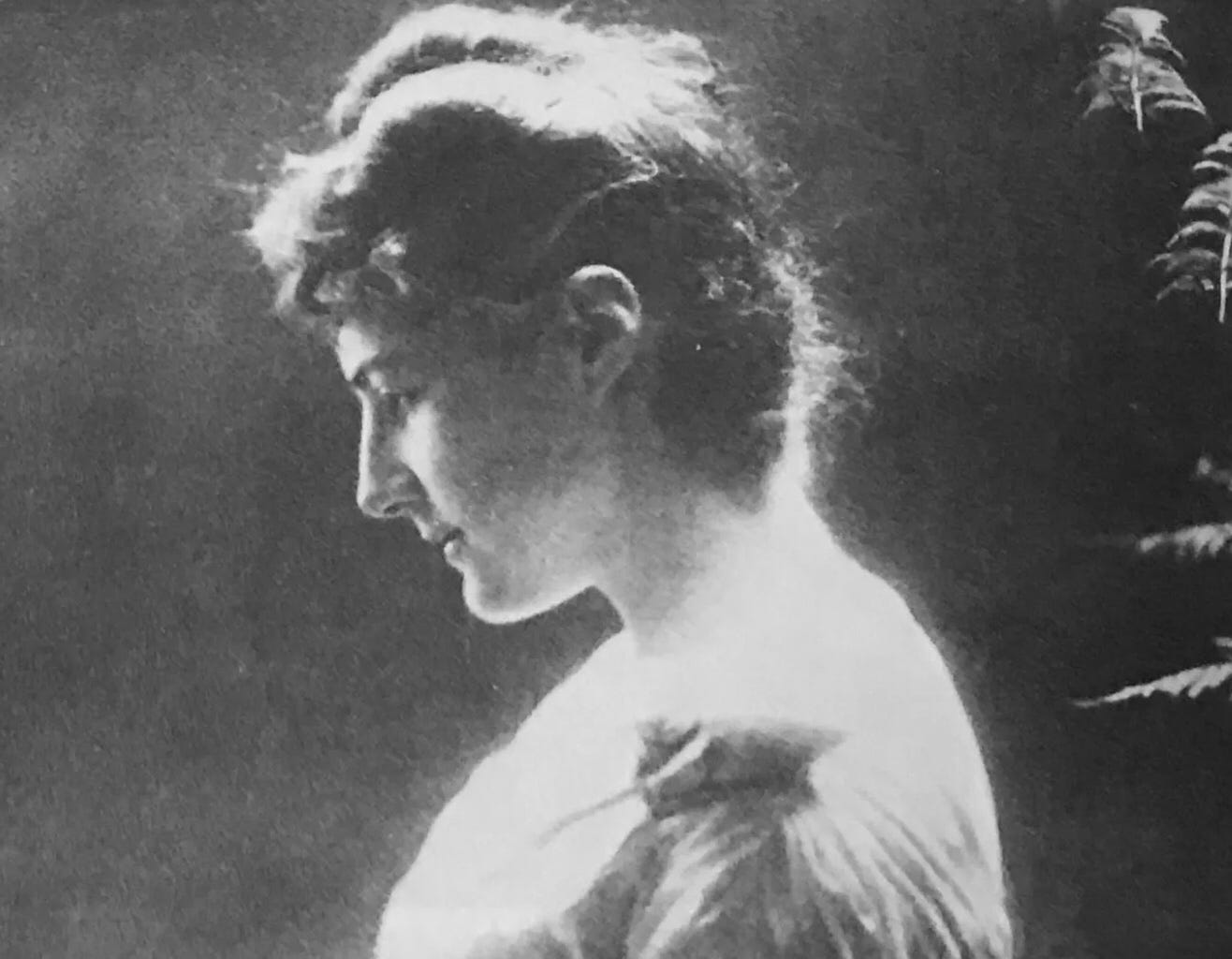

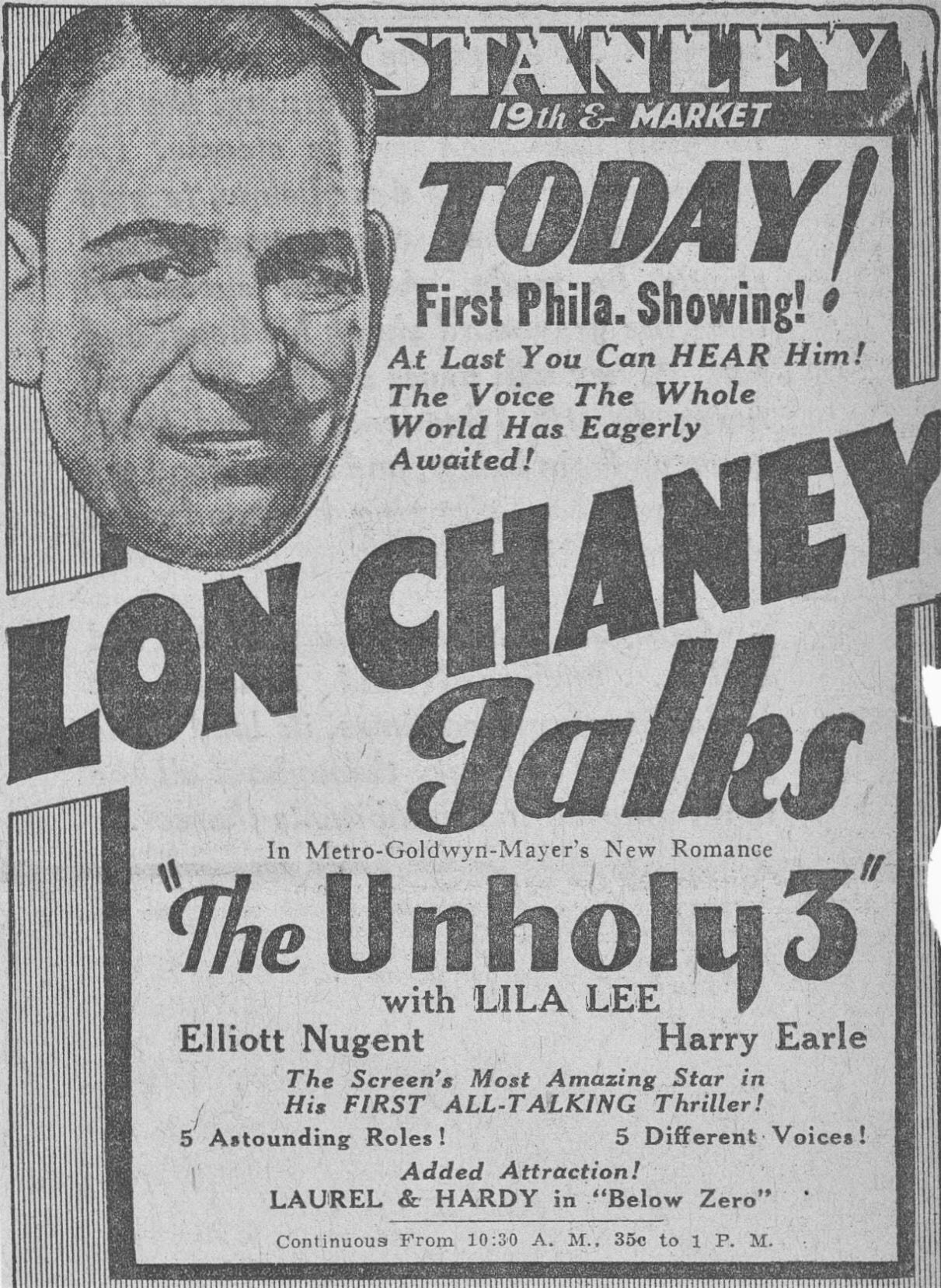
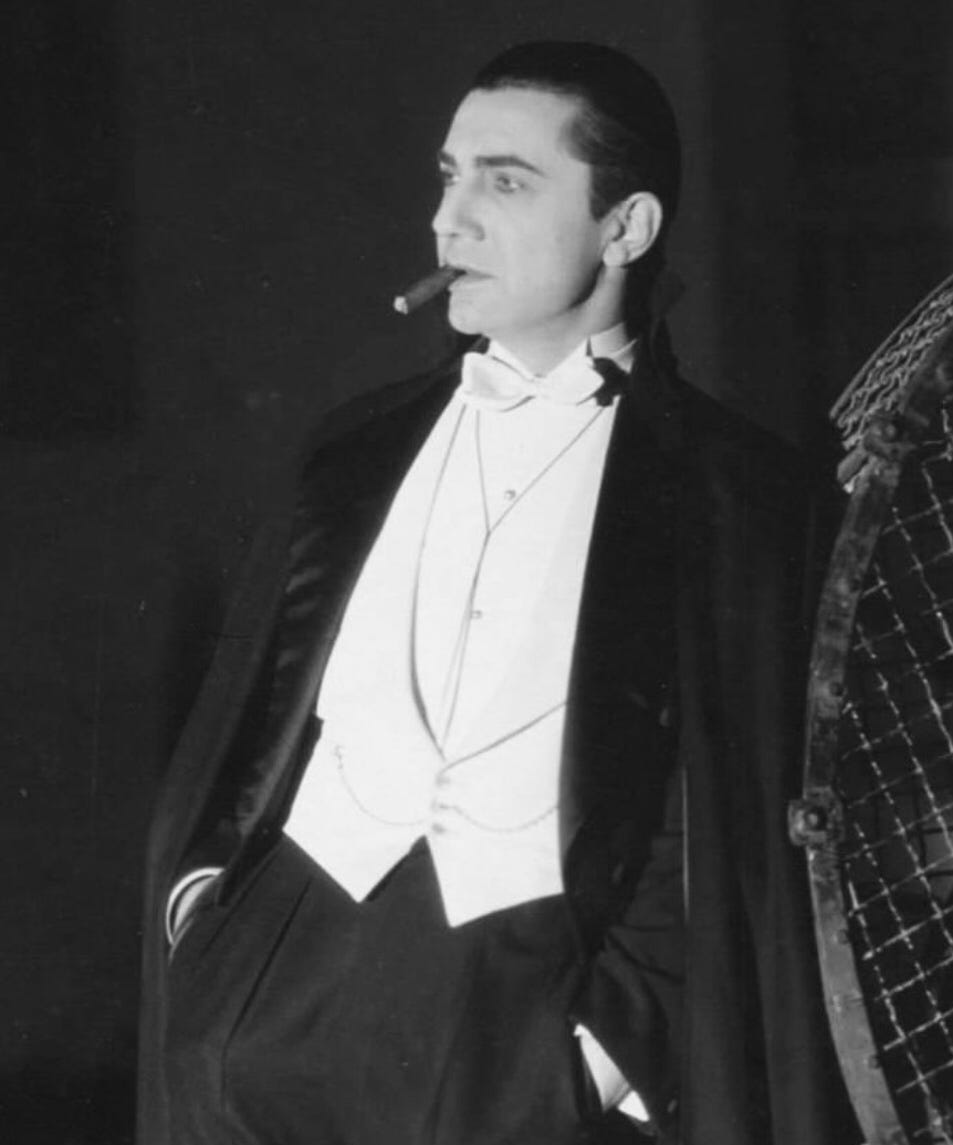
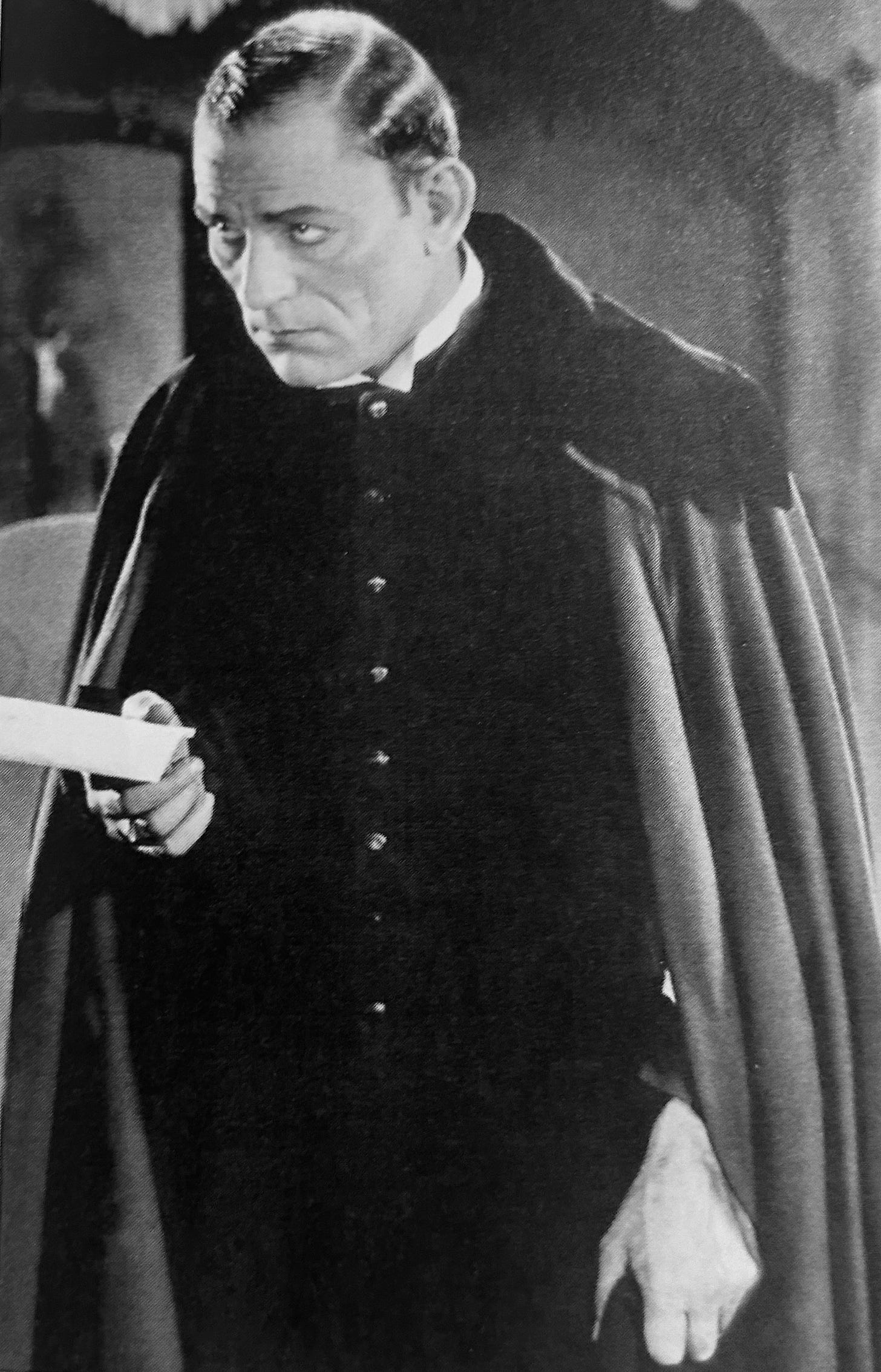
I will always fondly regard Forrest J Ackerman, and his landmark creation, Famous Monsters magazine. It was a tremendous influence, and a cornerstone of my childhood. But, willingly or not, Ackerman circulated some very erroneous material through FM's pages, and one such example is that Chaney and Dracula were an inevitable match. The modern researchers you have cited have unearthed very different information. Blake's first book on Chaney claims that the actor was already terminally ill in April of 1930 when he made the talking Unholy Three and could barely get through the shooting.
But I guess there is a sort of romantic mythos for some to think that we were cheated from a Chaney Dracula simply by his untimely demise; honestly, the chaotic, complicated, crazy quilt development from novel to film (told in Hollywood Gothic) is more entertaining!
On one hand, if Lon Chaney had done Dracula, it would have been very interesting, possibly epic. On the other hand, it would have robbed us of the genius that was Bela Lugosi. Thanks for this story!